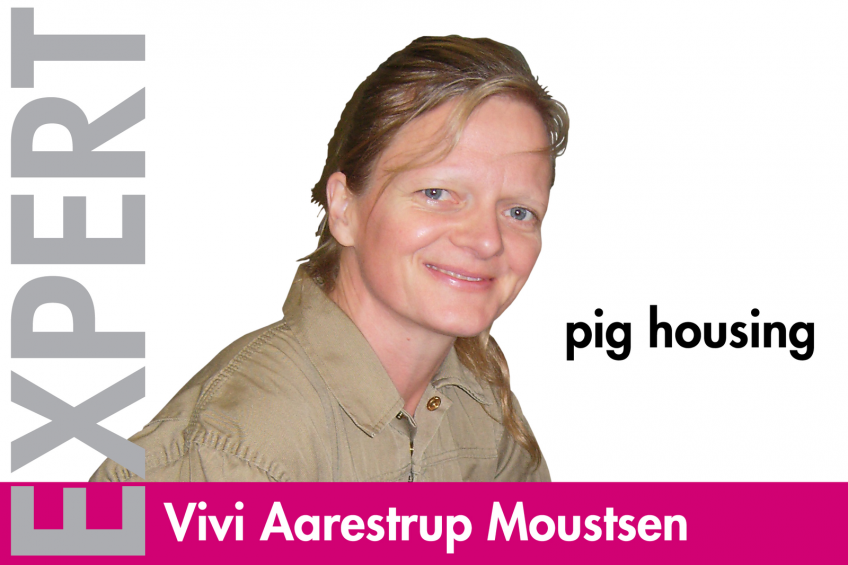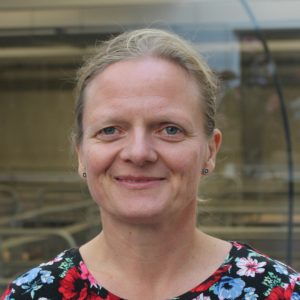Balancing the welfare of sows and survival of piglets

It is easy for politicians and NGO’s to ask or even require loose housing of lactating sows – and easy for retailers in their marketing to brand ‘Loose’ like they brand ‘Organic’ or ‘Free range’. But how do we balance the welfare of sows and survival of piglets?
Where we are today, loose housing of the farrowing sows increases piglet mortality – so should the sows be loose at all times at the expense of piglet survival? Or should they be outdoors at the expense of increased environmental impact? what is the best compromise? How do we prioritise?
An example that most can relate to is shopping for groceries. Consumers have to make compromises when shopping. In their decision making process they may consider price, country of origin, label, cooking time etc. But when it comes to politics and NGO – there is limited acceptance of the need for compromises.
Farmers need to make compromises when deciding how to build their units, but unlike shopping for groceries in the supermarket, the farmer’s decisions have a long term impact on their business, since they are likely to use the housing facilities they built for the coming 15-20 years, so they need to be certain that their decision is the right one.
Knowledge-based decisions
The most robust decisions – from my point of view – are knowledge-based decisions. Therefore it is of the utmost importance in our work to provide farmers with this knowledge, so the farmers can make the right decisions.
We investigate and conduct research in close collaboration with universities to ensure the use of the best competences and get the best results, so at the end of the day, our work makes a difference for many pigs. But in order to do so another important circumstance is that research is conducted in conditions similar to where it is to be implemented, so the results are applicable on farms afterwards.
An example – development of pens for loose lactating sows
For a number of years, we’ve worked on the development of robust systems for loose lactating sows. We’ve taken different approaches. One of the first approaches was a joint project together with animal behavioural scientists from the University of Aarhus, Danish Animal Welfare Society, industry partners and pig producers (PRC). In that project, we developed a pen for free farrowing sows (the FF-pen (Free Farrower pen), taking into account the needs of the sows, the piglets and the staff. However, their needs differ and some contradict, so of course the pen includes compromises, but at least the aim is to ensure that the compromises were qualified and scientifically based. But within the project we only had limited resources and time to implement the pen design in one herd – and only on a small scale.
So the next step was implementing the pen in more herds and on a larger scale. Then we were challenged, because it turned out that on average piglet mortality was higher in pens where the sows were loose compared to crated sows. However, like in other systems, piglet mortality was higher in the first few days post farrowing – and at the same time the experience is that the activity level of the sows in the first days post partum is limited.
With that knowledge, we had to gain insight in the balance between temporary confinement of the sows and piglet survival. Together with the University of Copenhagen we’ve conducted a PhD-study, which led to the development of the farrowing pen ‘SWAP’ (Sow Welfare And Piglet protection). The total piglet mortality was significantly lower when sows were housed in pens designed for loose sows, but remained confined between day 114 of gestation and day 4 after farrowing, compared with sows that were loose all the time or remained confined only from farrowing to four days later. And confining the sows in pens designed for loose sows did not increase farrowing duration, stillbirth or saliva cortisol compared to the loose sows. So in the SWAP-pens we were able to accommodate both sow and piglet welfare.
So, we have knowledge that leads to recommendations for the pig producers when it comes to pens designed for loose sows with an option to confine the sows temporarily, in order to save piglets. But even though pig producers are willing to change and adopt their housing facilities and take great risks in doing so, the consumers are reluctant to take responsibility and request meat from these systems, so the market remains limited or non-existing, meaning that other farmers cannot afford to take the risk and make a difference for their sows – even though they would like to do so.
Communicate knowledge based decisions to consumers?
This is just one example of the pig industry taking responsibility in the development of production systems to meet demands from society. But where are the consumers – when do they take similar responsibility? They want simple messages – like ‘loose’ or ‘organic’, but farming is much more complicated and requires a balance between what’s right for the environment, carbon footprint and animal welfare….Can we communicate this complexity to the consumers?











